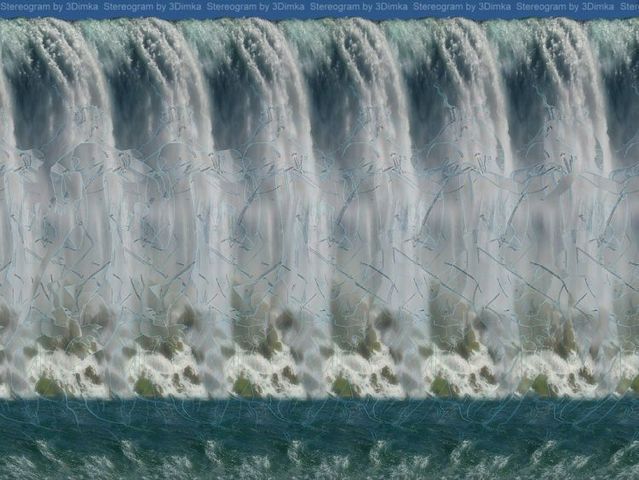
Unstable angina pectoris: Chest pain or discomfort that is new, worsening, or occurs at rest.The blockages prevent the heart from receiving the extra oxygen needed for strenuous activity. Stable angina pectoris: Narrowed coronary arteries cause predictable chest pain or discomfort with exertion.The narrowed arteries are at higher risk for complete blockage from a sudden blood clot (this blockage is called a heart attack). Coronary artery disease: Over the years, cholesterol plaques can narrow the arteries supplying blood to the heart.Surrounding the heart is a sac called the pericardium. A web of nerve tissue also runs through the heart, conducting the complex signals that govern contraction and relaxation. The coronary arteries run along the surface of the heart and provide oxygen-rich blood to the heart muscle. The left ventricle’s vigorous contractions create our blood pressure. The left ventricle (the strongest chamber) pumps oxygen-rich blood to the rest of the body.The left atrium receives oxygenated blood from the lungs and pumps it to the left ventricle.The right ventricle receives blood from the right atrium and pumps it to the lungs, where it is loaded with oxygen.


The right atrium receives blood from the veins and pumps it to the right ventricle.The heart pumps blood through the network of arteries and veins called the cardiovascular system. The heart is a muscular organ about the size of a fist, located just behind and slightly left of the breastbone.


 0 kommentar(er)
0 kommentar(er)
